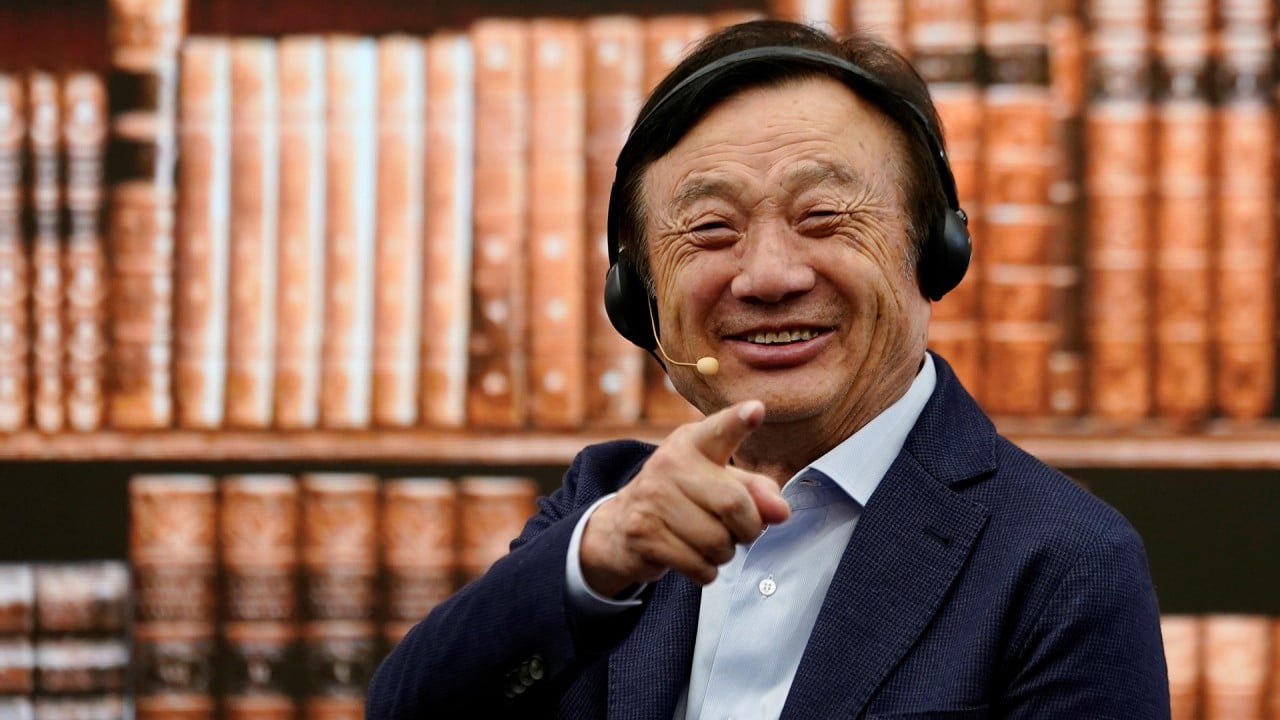
Oppo, Xiaomi rise in smartphone rankings, filling the Huawei void left by US sanctions
- Oppo became China’s No 1 smartphone brand for the first time with 21 per cent of the market, according to Counterpoint
- Xiaomi and Oppo have benefited the most from Huawei’s decline, precipitated by US sanctions, in China, Europe and Latin America
Chinese smartphone makers Oppo and Vivo have risen in the rankings at home, with Xiaomi seeing big gains overseas, benefiting from the struggles of Huawei Technologies Co amid harsh US sanctions.
Oppo became China’s No 1 smartphone brand in January for the first time, making up 21 per cent of the market, according to the latest data released by Counterpoint Research on Friday. The company’s sales grew 33 per cent over the previous month, aided by the launch of the Reno 5 series of smartphones in the affordable premium segment, along with Huawei’s decline. Vivo came in second place with 20 per cent market share. Vivo and Oppo, along with OnePlus and Realme, are owned by BBK Electronics.
Huawei, which once held a dominant lead in China’s smartphone market, fell to third place, tied with Apple and Xiaomi at 16 per cent market share each.
“Oppo’s growth was in part also driven by Huawei’s decline, a trend that also benefited Xiaomi and Vivo,” Counterpoint analyst Varun Mishra said in the firm’s report. “Xiaomi is benefiting the most from the decline in Huawei’s online share, while Oppo and Vivo have been capturing the offline segment.”
In China, Huawei’s smartphone star power dims as US sanctions bite
Even after the initial US sanctions against Huawei in 2019, it was able to fend off rivals. The Shenzhen-based company’s hardware was widely praised and it benefited from nationalist pride at home. Being cut off from Google apps and services bruised international sales, but that was not a problem in China, where Google is blocked and Google Play Services are not preloaded on Android phones. However, tightening US sanctions last year banned foreign chip makers that use US technology from selling to Huawei without approval, cutting the company off from foundries needed to make its high-end Kirin processors, leading the company to sell its budget smartphone brand Honor to a consortium of partners in November.
“The good thing for Huawei in China is that the lack of Google services is not an issue there, but the company still faces a diminishing stockpile of smartphone components,” said IDC vice-president of client devices Bryan Ma. “Even if it can secure new agreements with suppliers this year, those will likely be for older technologies like 4G rather than leading-edge parts that it could’ve used to show that it is ahead of the curve.”
Counterpoint’s Mishra said Huawei’s decline will continue in 2021, with other smartphone makers continuing to fill the gap.
Competitors are already capitalising on Huawei’s misfortunes. Oppo sped up its mobile chip making capabilities with a hiring spree last May. The smartphone maker boosted production by over 50 per cent, business news publication Caxin reported in September.
Huawei also faces continuing decline overseas. Oppo and Vivo surpassed Huawei in January to capture the fourth and fifth spots in the global market, respectively, according to Counterpoint.
Counterpoint analyst Yang Wang said Xiaomi and Oppo are also set to benefit the most from Huawei’s fall globally, with their sales projected to increase by around 30 per cent each in 2021, followed by Vivo.
“These three brands have been aggressive with market entry initiatives around the world throughout 2020, most notably in Asia Pacific, Europe, and the Middle East,” Wang said. “It is also worth noting that these three brands are traditionally strong in the mid-tier segments, which also happened to be where Huawei was most active in overseas markets.”
Fourth quarter numbers from IDC show Huawei’s global market share tumbled 42.4 per cent compared with the same period in the previous year, which Ma said included shipments of Honor phones. Honor accounted for up to a third of Huawei’s volumes at some points last year, he added.
“Western Europe is a good example of Huawei’s woes,” Ma said.
Huawei was the second-largest smartphone brand in Western Europe in the first quarter of 2019 with 28.3 per cent of the market, according to Ma. By the last quarter of 2020, it had fallen to No 4 with 3.9 per cent.

The biggest winner in the region was Xiaomi, which saw sales in Europe grow 90 per cent last year, according to Counterpoint.
In Latin America, Xiaomi became the third-largest brand for the first time in the fourth quarter of 2020, behind Samsung and Motorola, according to a separate report by Counterpoint last week. It came in fourth in the region for the whole year.
Huawei was still the third-biggest smartphone brand in Latin America for all of 2020, but it fell out of the top five in the fourth quarter.
“Samsung, Motorola and Xiaomi all took advantage of Huawei’s weakening position,” said Counterpoint analyst Tina Lu.
Huawei to overhaul manufacturing strategy amid US restrictions
Huawei’s fall last year was precipitous. Just last summer, the company briefly became the world’s top smartphone seller, wresting the crown from South Korean giant Samsung Electronics. But new sanctions from the US in August quickly took a toll, effectively cutting off Huawei from most global chip suppliers.



